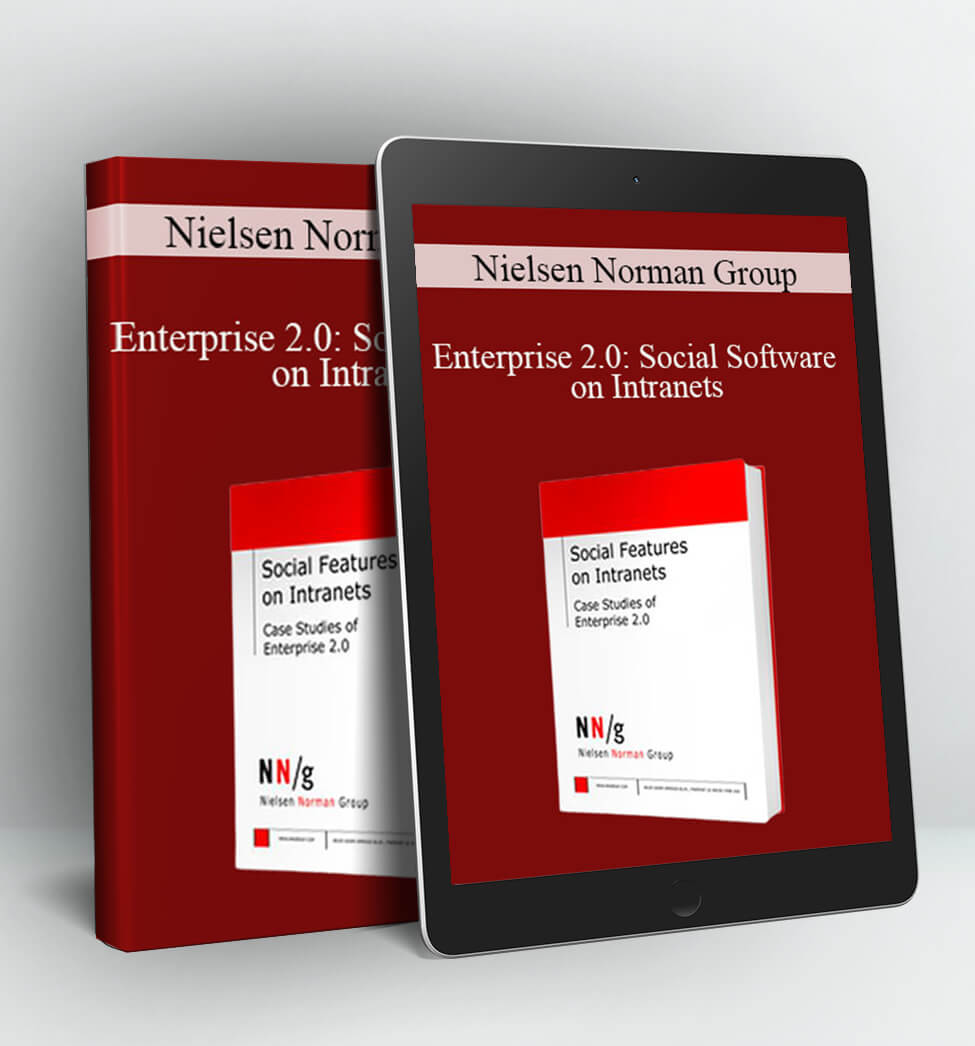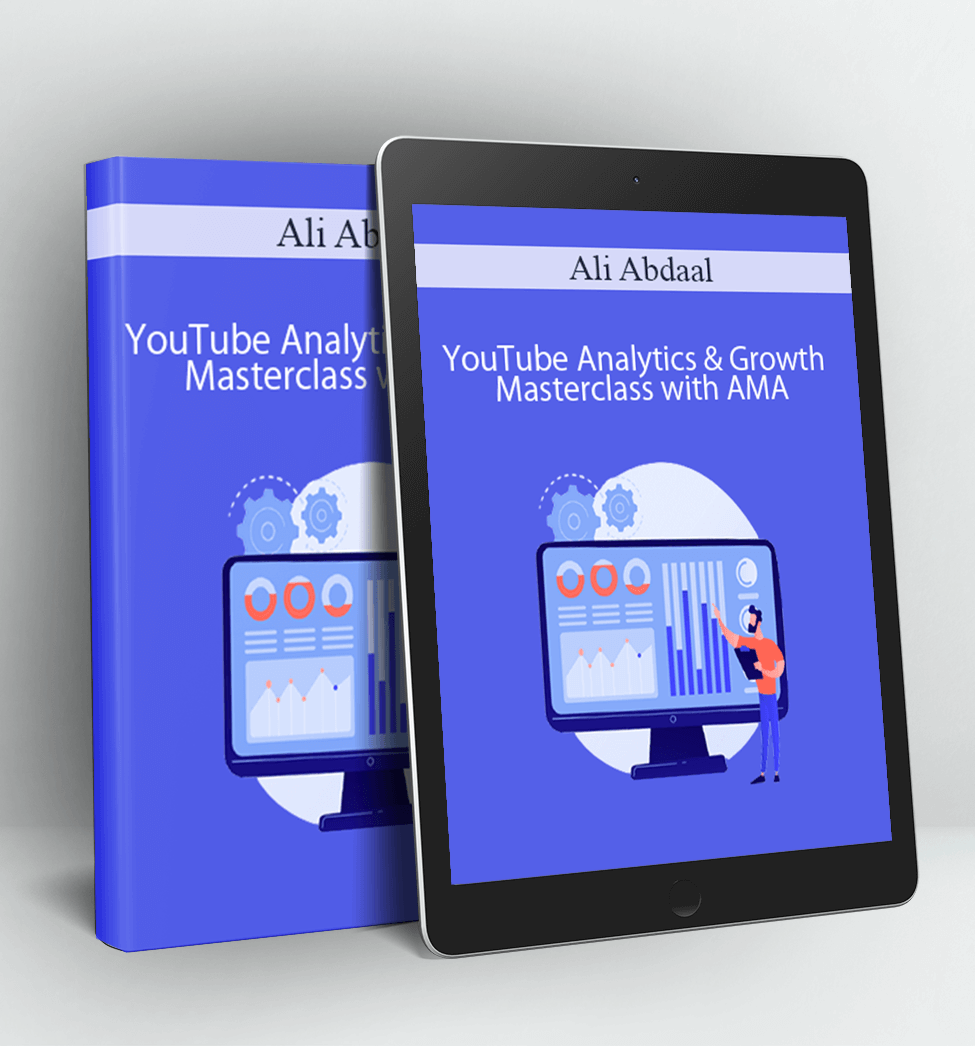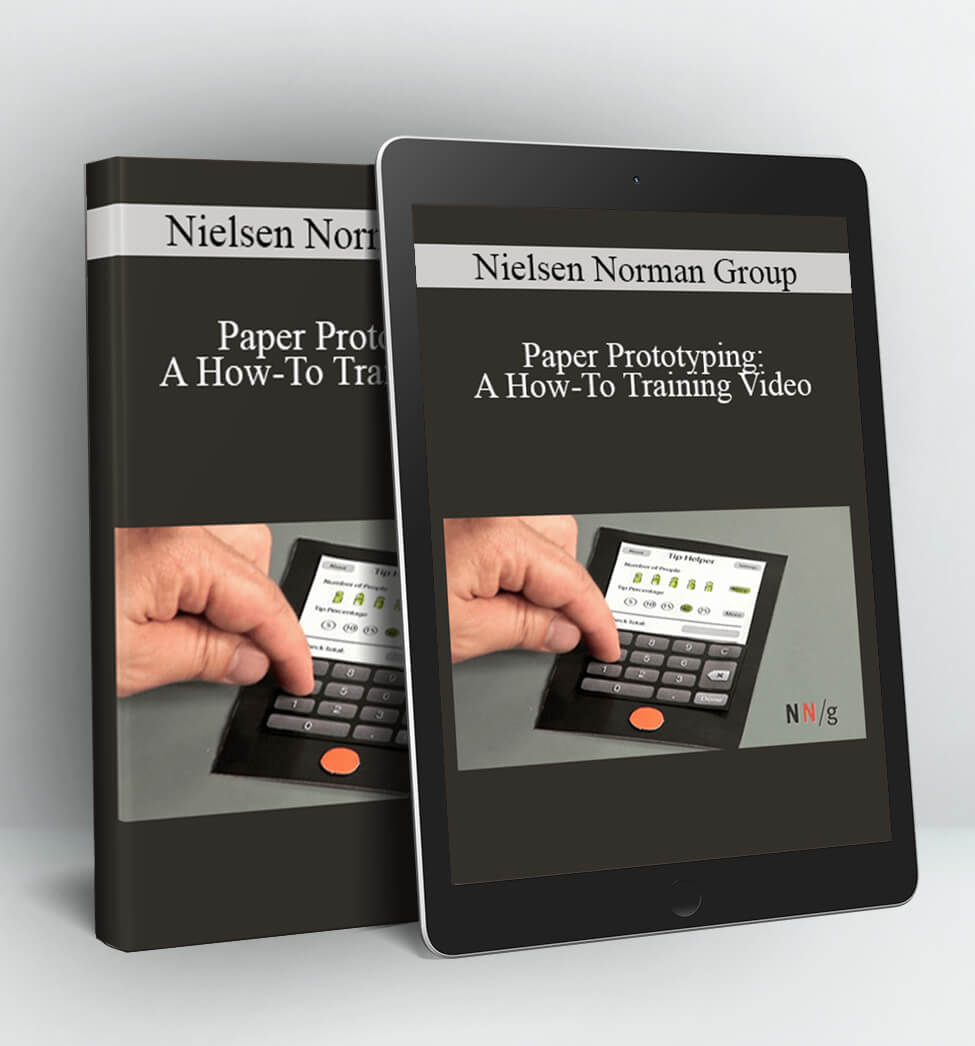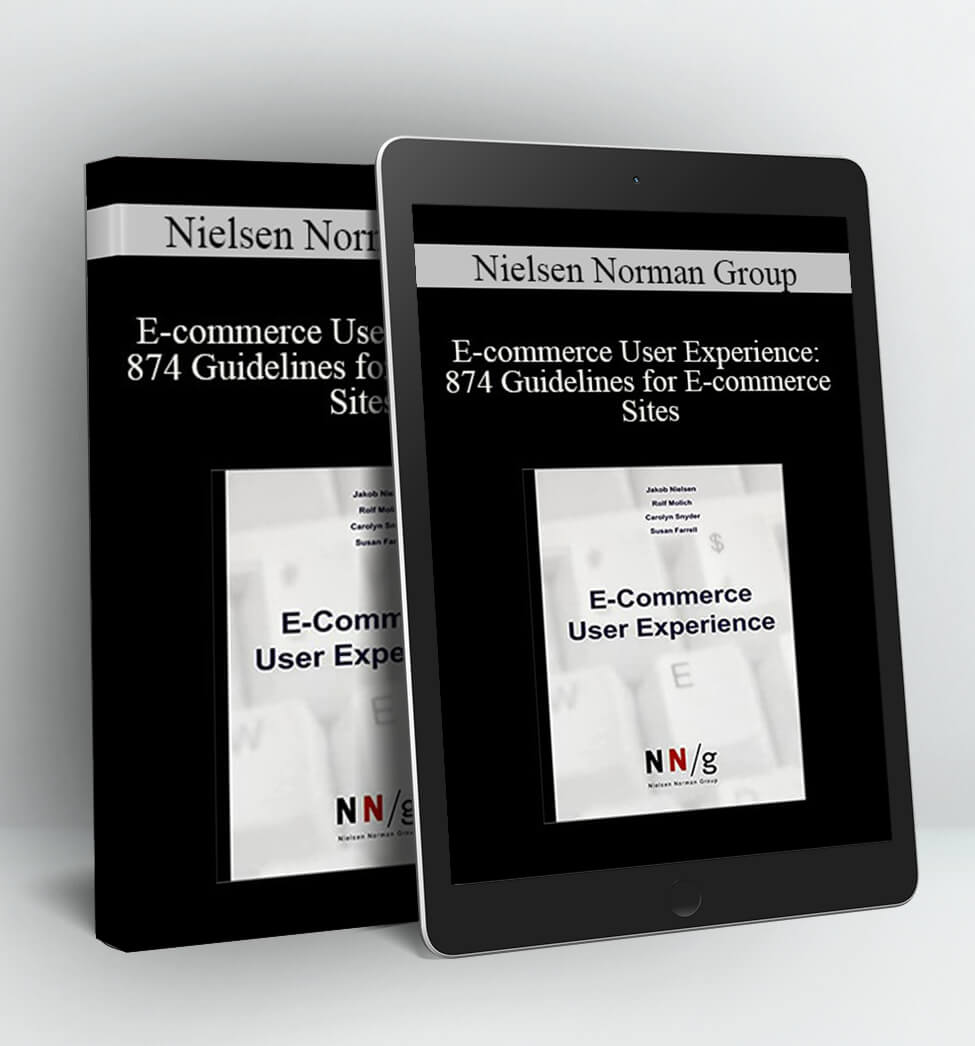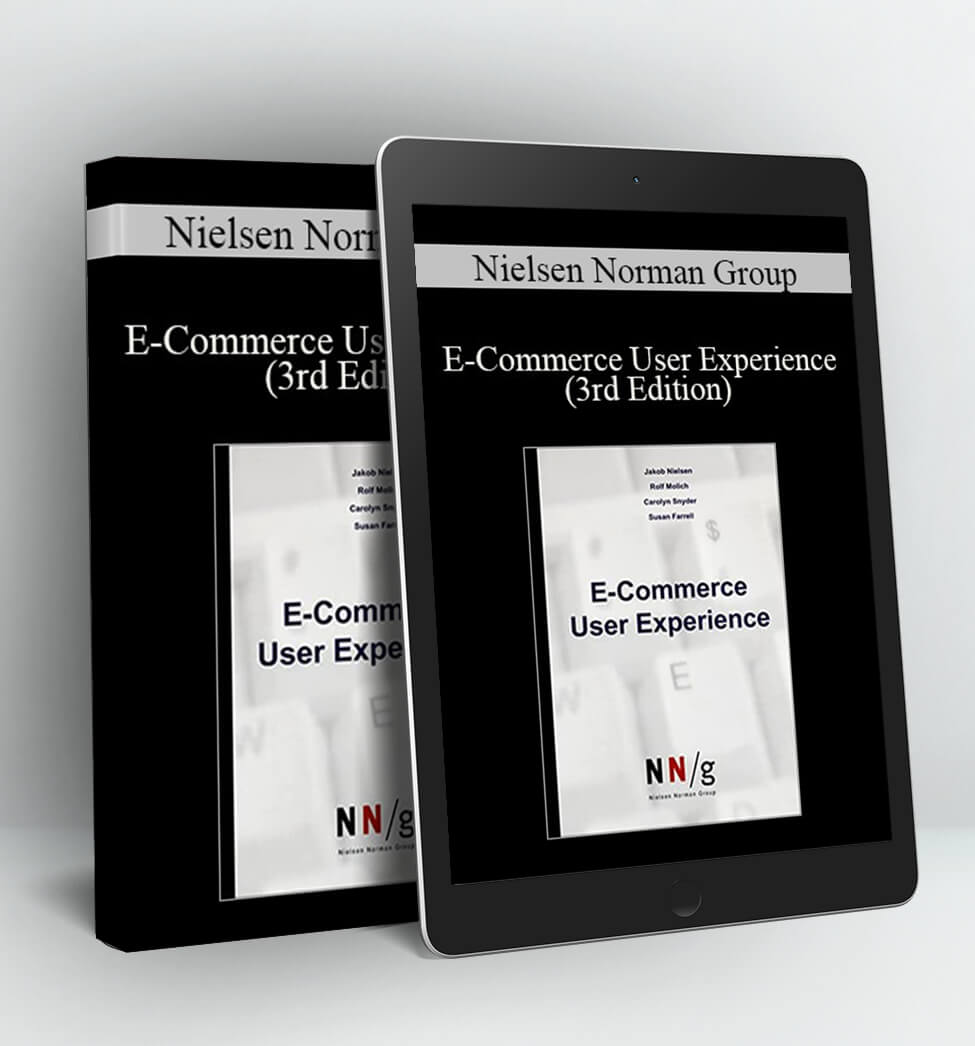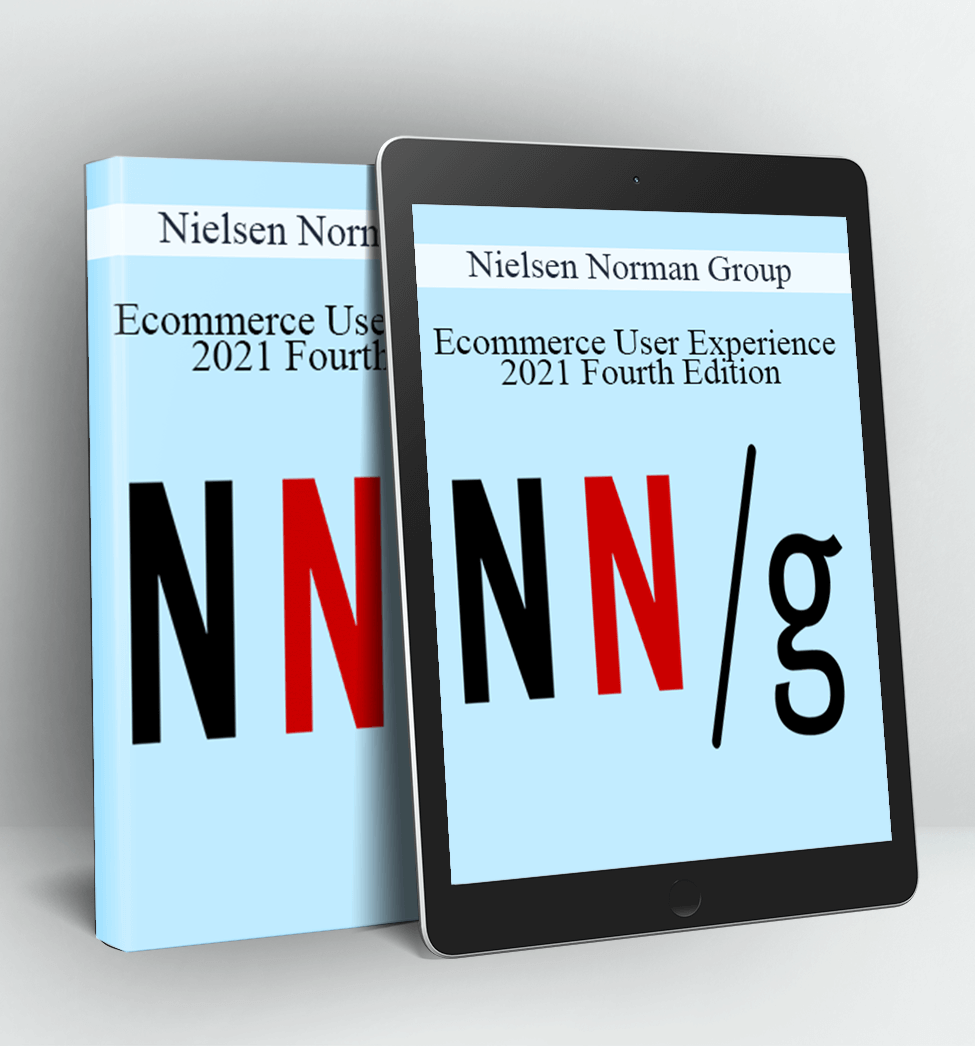
Social Software on Intranets – Nielsen Norman Group
Enterprise 2.0: Social Software on Intranets
Summary
This report collects best practices for how to design social features for intranets, including:
- Blogs
- Microblogging (intranet equivalents of Twitter)
- News feeds (RSS)
- Wikis
- Social networks (intranet equivalents of Facebook)
- Tagging and social bookmarking
The report also covers:
- integration of these features with the overall intranet
- adapting Web 2.0 to a company’s culture
- community management
- governance issues
Case Studies
To find out how to best employ social features on intranets, we took our usual approach: eschew the hype about what’s hot and instead look for what works in real life.
For this project, we collected case studies from 14 companies in 6 countries:
- AXA UK
- Agilent Technologies, Inc.
- American Electric Power (AEP)
- BT
- IBM
- Intel
- Johnson & Johnson Pharmaceutical Research & Development, L.L.C.
- Officenet Staples Argentina
- Portugal Telecom — Sistemas de Informação
- Philips Healthcare (a division of Koninklijke Philips Electronics N.V.)
- The Rubicon Project
- Sprint Nextel Corporation
- Sun Microsystems, Inc.
- Telecom New Zealand Limited
We supplemented these case studies with information from several companies that prefer to remain anonymous.
Table of Contents
168-page report with 60 color screenshots
- Executive Summary
- Ready or Not, Here Comes Enterprise 2.0
- Case Studies
- Findings
- It’s Not Just About Tools, But Tools Do Matter
- Gently Guiding Users, Integrating Social Features
- Content-is-King 2.0
- A Tad of Training
- Open Communication?
- Things Take Time
- Foreword
- Defining Scope
- Credits
- Report Contributors
- Introduction
- Web 1.0 Becomes Web 2.0
- Driving Innovation From the Bottom Up
- Transforming the Portal
- From portal-centric to people-centric: It’s all about “me”
- Transforming Knowledge Management
- Transforming the Organization
- Enterprise 2.0
- Defining a Business Need
- E2.0 as a performance driver
- Communicating value to executives
- Communicating value to users: What’s in it for me?
- Corporate culture: friend or foe?
- Social tools thrive in a culture of openness
- E2.0 as a catalyst for change
- Technology is revolutionary. Cultural change is evolutionary.
- Relinquishing control gradually
- Establishing Cultural Priorities
- The risk of inaction
- Communication 2.0
- Shifting the paradigm
- Immediacy
- “Official” vs. user-generated content
- A water cooler for the digital generation
- Expanding the social graph & eroding silos
- Transferring User Behaviors
- Killing E-Mail
- The best tool for the job
- Improving findability
- Intranet 2.0
- Natural evolution not disruptive technology
- Coexisting peacefully with the intranet
- Enhancing the intranet
- The fifth tab
- Web 2.0 Myths Debunked
- Myth #1: Web 2.0 is a “time suck”
- Myth #2: People will behave badly
- Myth #3: User-generated content propagates bad (incorrect) information
- Challenges
- Defining a Business Need
- Practical Considerations
- Timeline
- True transformation takes time
- Tools are Easy. Change is hard
- Inching forward
- If companies don’t lead, the users will
- Governance
- Govern lightly
- Focus on the content, not the technology
- Managing Expectations Risk
- Security of hosted tools
- Content risk
- Code of Conduct
- Simple is best
- Community Management
- Community Health
- Creating Feedback Loops Staffing
- Creating Efficiencies
- Role fluidity: Shifting priorities
- Easing Transitions
- Measuring Progress/Success
- Timeline
- Users and Use
- On-Boarding
- If you build it will they come?
- Make benefits obvious
- Early adopters, executives and mavens: Mind the gap
- Leverage early adopters
- Moving beyond early adopters
- Leverage the Net Generation
- Leverage executives
- Laggards
- Use peer pressure for good
- Socialize the tools: Spread the word
- The personal touch: Reach out a helping hand
- Give it time and let them use it
- Accept when you hit the ceiling
- Even the best systems are not without their challenges
- Transition Strategies
- Nudging existing behaviors in a new direction
- Provide linkages
- Seed content
- Set a date
- Ask forgiveness
- Training
- No training required?
- The anthropology of adoption
- Use and Usability
- Aim for “walk up & use”
- Involve users: Observe and adapt
- Listen
- Always be in Beta
- Limitations of off-the-shelf tools
- Choose the familiar
- Toward a Culture of Contribution
- Defining “contribution”
- Contribution means many different things
- “Lurkers” are just part of the expected mix
- Communities are built upon willing participation and valuable contributions
- Reward value, not numbers.
- Enable the conversation. Participation will come in its own time.
- Case Study: Rewarding Contribution
- At Sun Microsystems sharing is power
- What is in it for me?
- Sun’s Community Equity model
- Building trust through reputation
- Measuring contribution
- Community Equity lessons learned
- Executives as Users
- Executive participation/presence matters
- Executive participation: Targeted and strategic
- Overcoming the 3Ts: Time, travel and typing
- Listening counts
- On-Boarding
- Technology and Tools
- Embracing Web 2.0 Fluidity
- Always be in beta
- Information Retrieval
- Returning value dynamically
- The challenge of enterprise search
- Tool restrictions
- Best Practices
- Tools
- Blogs
- Evolving communication
- Fuzzy value
- Challenges
- Total transparency: Changing the control paradigm
- “Yes” culture
- Signal to noise: A mix is okay
- Surprises
- Determining readiness
- Traits of a Good CEO or Management Blog
- Best Practices
- For the organization
- For bloggers
- RSS
- The problem with RSS
- It’s a geek thing
- Education through experience
- Letting the outside in
- Best Practices A Tale of Two Wikis
- Wikis: Quick and agile
- Lead, follow or get out of the way
- Official or de facto: Does it matter?
- Charting a path without a map
- Cutting out the middle man
- Re-defining editorial roles
- Real measurable time savings
- The sky did not fall but everyone got fired
- Best Practices
- Enterprise Social Networks
- Expanding the social graph
- Making the big company smaller
- The next generation corporate directory
- Linkages across the firewall
- Best Practices
- Tagging/Sharing/Social Bookmarking
- Tags: adding value to content one word at a time
- Improving search results through folksonomy
- Sharing and Social Bookmarking
- Sending social value back to the users
- Best Practices
- Microblogging
- What is it?
- Breaking down silos
- Simplicity
- Challenges
- Harnessing the stream
- Untapped potential
- Best Practices
- Embracing Web 2.0 Fluidity
- Lessons Learned
- Words of Wisdom from the Front Lines of Enterprise 2.0
Who Should Read This Report?
- Anybody in charge of intranet strategy.
- Anybody designing social features for an intranet.
Collecting similar benchmarking and best practice information from a large set of intranets yourself would probably take you two to three months, if you could ever get enough other companies to let you in the door. Realistically, reading this report is the only way you will get the scoop on this many intranet projects.
Please help us continue publish low-price reports by buying a site license if you have colleagues who will read the report. If you only need it for yourself, then that’s obviously what the single-user license is for. If somebody “gives” you a copy, then please buy a download anyway to keep prices down in the future.
Access Download Social Software on Intranets – Nielsen Norman Group right now!
Delivery Method:
After your purchase, you’ll get access to the downloads page. Here, you can download all the files associated with your order.
Downloads are available once your payment is confirmed, we’ll also send you a download notification email separate from any transaction notification emails you receive from Coursedownloads.

